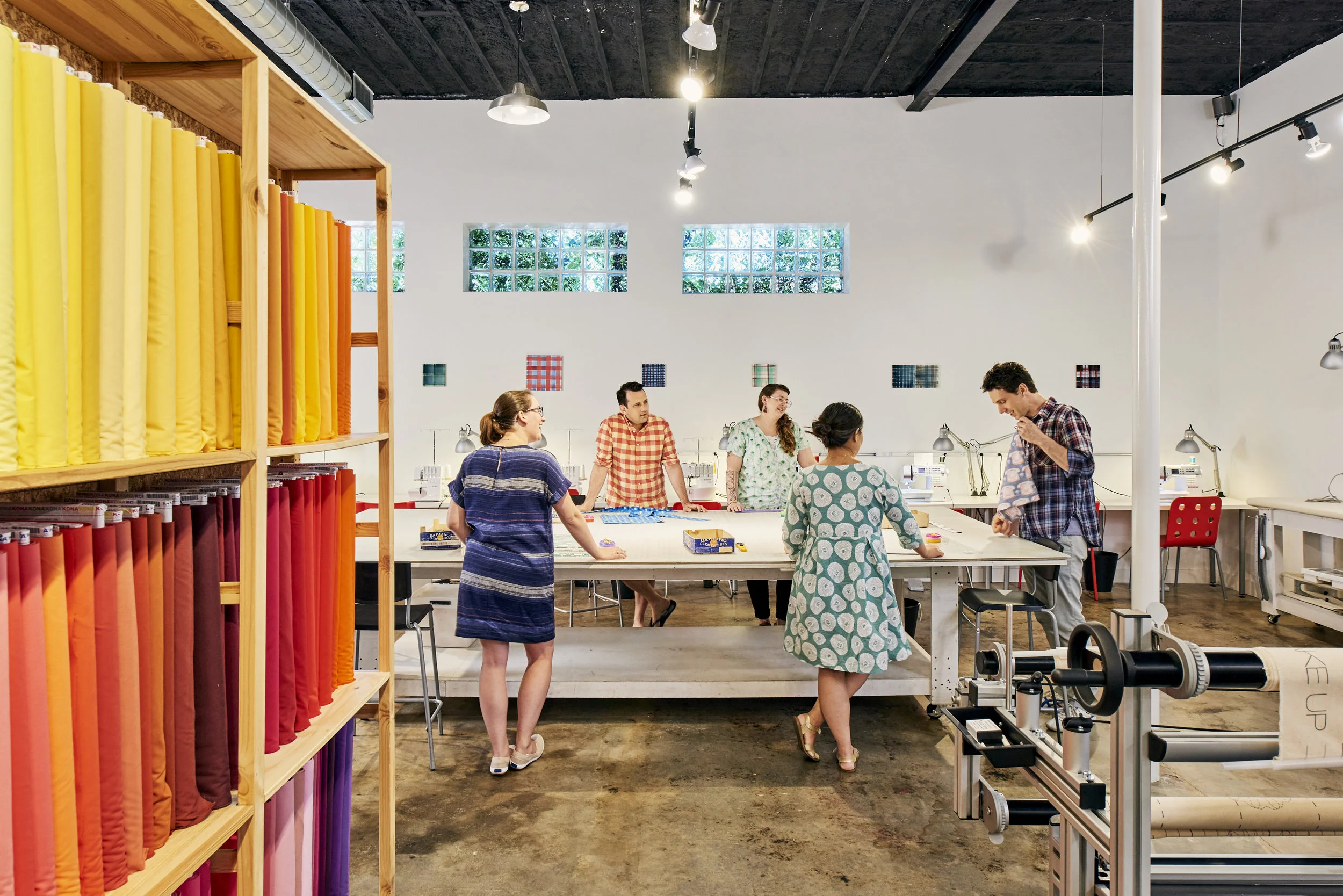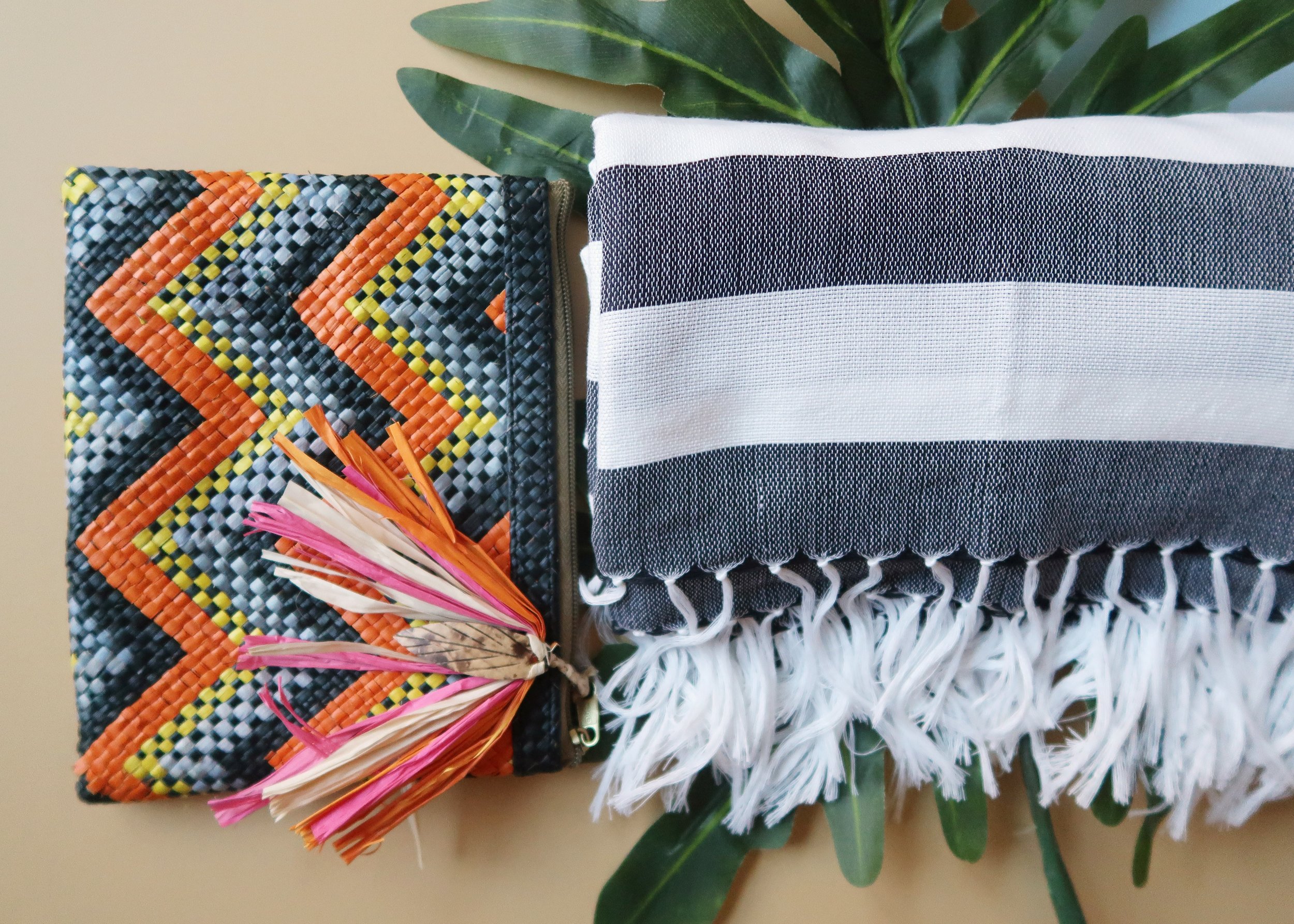By Sophie de Castro
Sophie is currently a high-school senior at The Winsor School in Boston. She started her food blog, @eatgooodfood, on Facebook and Instagram in her freshman year of high school and has since enjoyed sharing and reviewing food from all over the world, and engaging with the communities and people that her blog has allowed her to connect with. When not eating or posting about eating, she loves to play her saxophone or take photos.
When I first started thinking about this post, I wanted to speak to the cultural and generational gaps I have experienced as a Filipina American who is growing up in the US and who visits the Philippines each year. However, my personal evaluation of my family members living in the Philippines sounded more like complaints and frustrations rather than a coherent post. So, I tried again. Fresh off my most recent annual trip to the islands and fighting off jet lag, I wrote down my thoughts on some of the gaps I see between my experiences in the US and in the Philippines.
One of the best meals of the trip: Bacolod chicken inasal at Chicken House © Sophie de Castro
Ever since I can remember, I have always loved to travel. I love to try different types of food, learn about other cultures, and meet new people. But when it comes to experiencing new places that are also supposed to be quite significant to one’s identity, it’s a little different. For me, I get caught between seeing Filipino culture as an outsider and inheriting this culture as my own given Filipino ethnicity. Here are a few examples.
Titles
My Lola (grandma in Filipino) has been retired for at least 25 years, meaning she hasn’t practiced pediatrics in almost three decades. Nonetheless, people who know that she was a doctor, will always greet her with “Doctora” (doctor in Filipino). Likewise, if you were a lawyer, you are greeted as “Attorney” and if you were a Justice, you are greeted as “Judge.” Here in the US, at least in my experience, I’ve witnessed these terms used only to reference someone who is still practicing, and only in situations where the title seems relevant, such as when greeting a clinician in their office. In the Philippines, these terms are used partly out of respect and partly due to the high importance that many Filipinos associate with one’s accomplishments and titles. While in the US, a retired doctor may not be greeted by that title by just anybody, you may encounter teachers with PhDs that ask their students to call them by “Dr.” and even more often you may see the convention of listing degrees after one’s name on business cards or email signatures. So, maybe the obsession with titles is not all that different?
Mall Experience
Bag check by armed guards at entrance to mall © Life and Travel in Philippines
Now, try this situation. It’s lunchtime in the Philippines. You’re heading into a mall because when you’re in Quezon City or Metro Manila that’s really where most people hang out and eat. First, you notice a number of police officers with guns. Yes, armed guards in front of a shopping mall. Next, you get in a line for a quick security scan or pat down and open your bag for the guard to check it. Nope, we’re not at the airport, still at the mall. During all this, you’re thinking, “Wow, that was quite a lot of security just to enter a mall,” while also thinking, “Well, that was some pretty lax security.” In my experience, the armed guards are more likely to open the car door for you or offer an umbrella to shield you from the rain than they are to use their guns. The security scan or pat down barely covers your back, and there’s no need to unzip your bag fully for the bag check. I’ve been told that this greater presence of police and security is just for show, and it’s easier to pull off in the Philippines because people are cheaper to hire. Armed guards at mall entrances may not be what you are used to in the United States, but you’d be surprised how quickly you get used to them in the Philippines.
At this point, you’re walking around inside the mall. You look to your left, and you look to your right. Each and every restaurant that you pass will have an employee outside their respective establishment saying, “Good afternoon, po / Ma’am / Sir!” Again, you have these titles that reinforce the significance of hierarchy in Filipino culture. Appending “po” in a sentence is meant to show respect, while the titles “Ma’am,” and “Sir” are used out of respect, but more importantly, as an acknowledgement on the employees’ part that their job is to serve you. On the flip side, you may hear customers call for waiters by saying “Boss” instead of “Excuse me” as one may say in America. Although the waiter is obviously not the “Boss” of the restaurant, many Filipinos use this title as a way to “butter up” the waiter before they serve them. Similar exchanges in the US don’t often involve these explicit titles, but certain American manners and customs, like a waiter saying, “Hi, my name is [insert name] and I’ll be serving you today!”, may have the same effect as the titles.
Beauty Standards
Skin whitening ad suggesting lighter skin makes one more “sosyal” (slang term for upper class) © Belo
Lastly, a little on societal standards of beauty in the Philippines. Given that the Philippines is a very sunny place, it’s much easier to get a tan there than it may be in many parts of the US. And most Filipinos are just born naturally tan. However, Filipino stereotypes suggest that if you are darker, you must work on a farm or belong in a lower socio-economic class. So a lot of Filipinos aim to be whiter and paler. Interestingly, the craze in America is always about getting tanner. If you’re not tan, you didn’t go on a leisurely and expensive vacation to a sunny island. In a way, skin whitening cream in the Philippines could be paralleled to fake tanner in America. One always wants what they can’t get.
I’ve tried to make sense of my Filipino and American cultures in a way that makes them seem not so different. While I know that they are unique in their own ways, it can be comforting to see their similarities as I grow up trying to understand and balance the two. I love them both / mahal ko silang kapwa!
We’re always looking for BOSFilipinos blog writers / subjects! If you’d like to contribute or have a suggestions, feel free to send us a note: info@bosfilipinos.com.






































